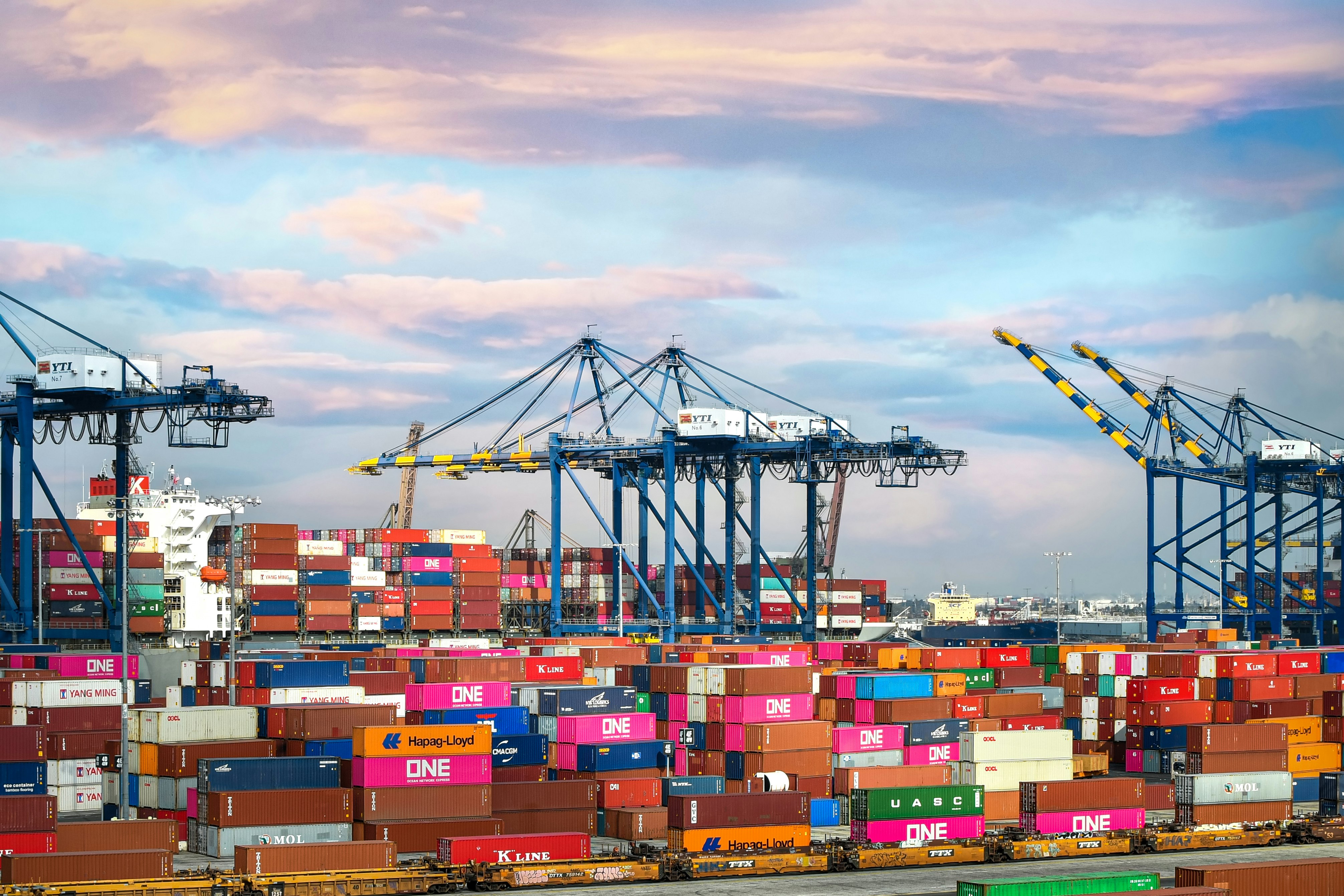The trade restrictions are nothing new. There have been some restrictions before, such as the U.S-China trade war and trade sanctions that increased economic nationalism. However, those are minor compared with the one caused by COVID-19. These restrictions have led to shortages of pharmaceutical and medical supplies, which are in need now more than ever due to the persistence of the infections. As a result of this, manufacturers are under pressure to increase their domestic production while those overseas are looking for ways to ship their products to their customers in time despite the pandemic. Despite these challenges, there is one advantage that the pandemic has brought- it has exposed weaknesses in the current supply chain that needs to be corrected in the future.
The challenges during COVID-19 showed that the interdependence or global nature of supply chains is a weakness as much as it is a strength. They highlighted that most organizations are not wired to manage interconnectivity in case of disruptions and adverse impacts. In short, the pandemic has shown us that if companies are to be resilient in the future and thrive, they need to change.
Beyond the economic and operational challenges highlighted by the pandemic, no change has been experienced yet. However, we expect that the changes in our supply chains will happen faster than it would have been the case had the pandemic not occurred. As a starting point, companies must recognize the shifts in customers, business operations, workforce and technologies. Although we still do not know the pandemic's long-term effects, what is clear is that it has helped fast track the necessary shifts in customer value and requirements.
Post-pandemic, many companies will likely change their strategies regarding supply. As it has emerged, relying on one company to supply products leaves your network vulnerable. It is even worse when the supplier that produces a given item is in one country. A disruption in such a scenario will be disastrous. Stand by identifying where risks lie so that you can develop a plan to protect yourself from them. As we advance, you will need to map your supply chain. The process should entail distribution facilities and a transportation hub. The goal of mapping is to categorize suppliers as either high-risk or low-risk. Identifying these risks gives you the information needed to diversify sources or stockpiling, which is necessary to address potential disruption.
The easiest way to address the problem of dependence even after the pandemic will be to add more sources in locations that will not be vulnerable to risks, regardless of whether they are low or high-risk. This has proven successful in the past, mainly when the US-China trade war forced companies to adopt a “China Plus One” strategy of spreading production between countries in China and other Southeast Asian countries such as Vietnam, Indonesia and Thailand. From now on, reducing dependence on one country such as China will reduce the risk of completely failing to deliver in case of a pandemic or other disruptive events. Although it will be a good thing, reducing dependency on China will not be easy on some products.
In a nutshell, although the pandemic has damaged many things, it has exposed lots of vulnerabilities that must be fixed if we are to stand future risks and disasters. Although we should not depend so much on globalization, we should not completely back away from it as it has its strengths. However, we should never depend too much on some countries and routes for the supply of products.





